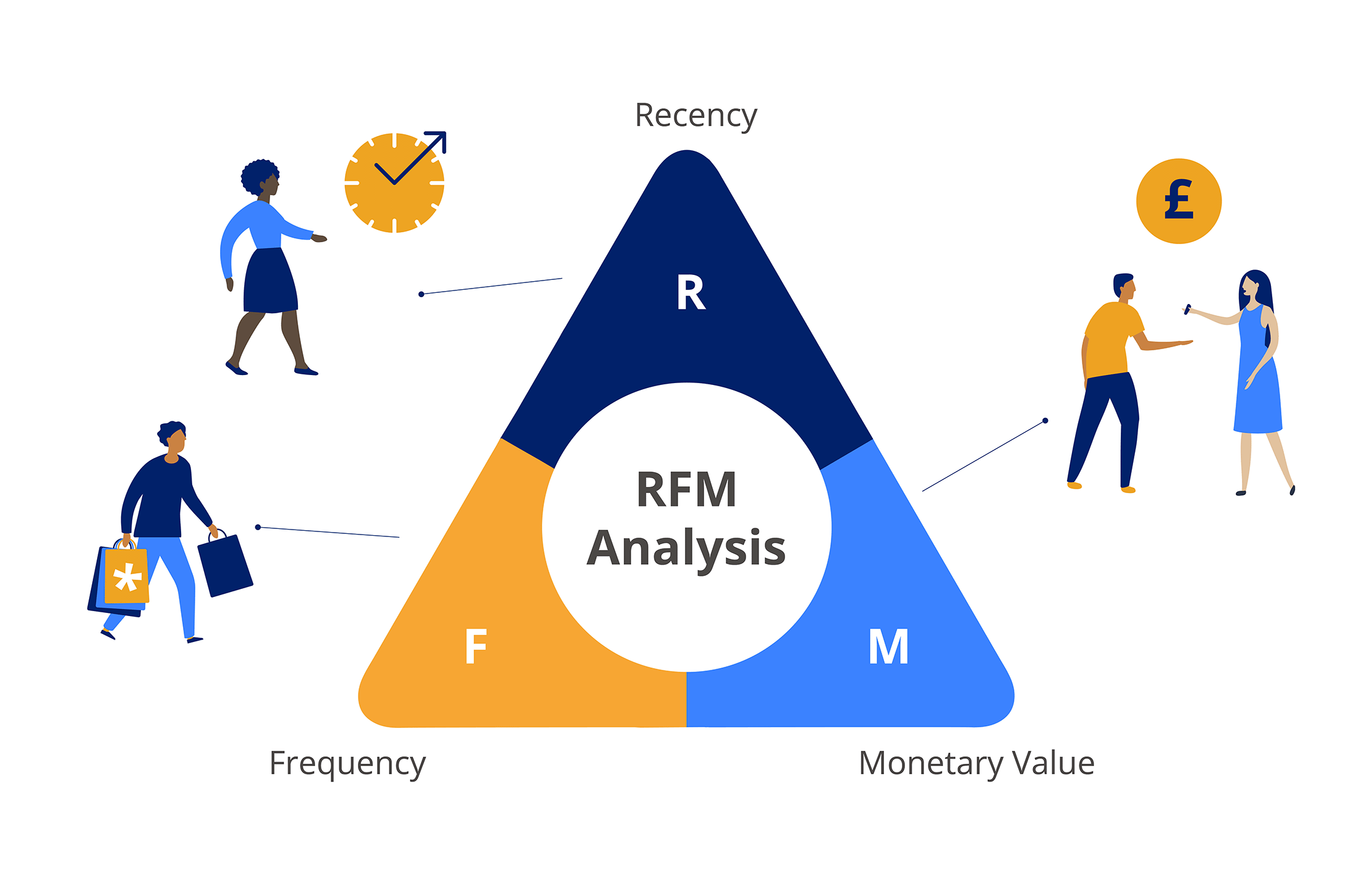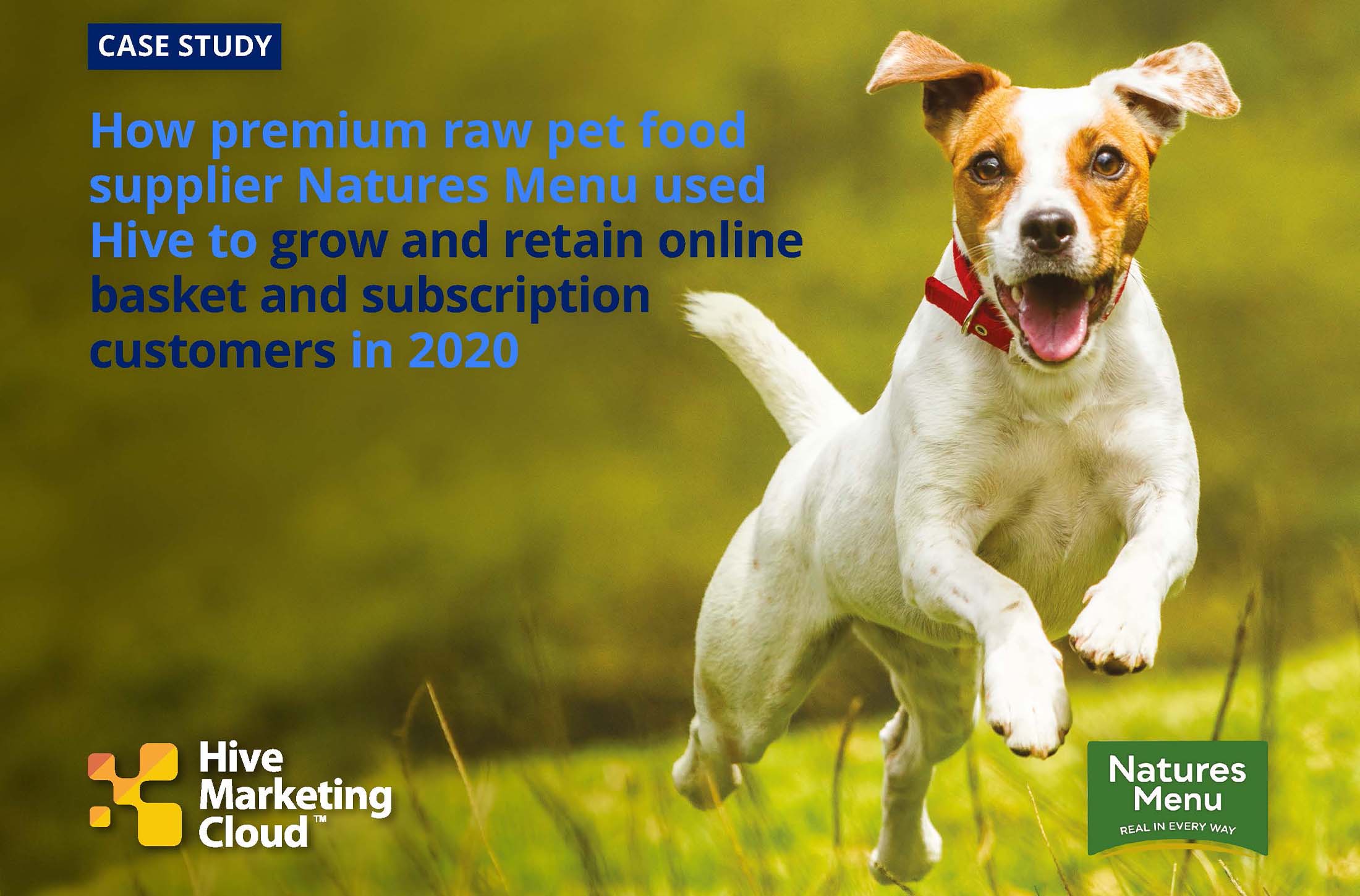Bad marketing habits to kick out in 2023
In the ever-evolving world of marketing, it's essential to stay on top of industry trends and best practices. However, as marketers it’s easy for us to fall into bad habits that can affect the success and quality of our campaigns.

Sending low quality emails for the sake of getting something out
One bad habit that we’ve all been guilty of is sending generic newsletter-type emails with limited personalisation. While it may feel good to send something out, it’s crucial to remember that personalisation is key to creating engaging content that connects with your audience. As you may already be aware, personalised emails have become essential for all email marketing campaigns. whether it’s the addition of a first name in the opening sentence or subject line, or dynamic content that differs depending on segment and previous behaviour; we can all agree as consumers and marketers that it is expected for marketing emails to consist of some degree of personalisation. With that being said, it can be easy to get lazy and send generic content just to get your brand back in people’s inboxes. It’s important to take the time to segment your audience and tailor your emails so they meet each customer’s specific interests and needs.
Track the metrics that matter
Another bad habit that many marketers fall into is using easy metrics instead of insightful ones. For example, open rates can give you an idea of how well your subject lines are performing but it doesn’t tell you how well your messages are performing. Over the past years, open rates have become a less reliable metric with false opens giving businesses inflated numbers. Whilst the big flashy number is great to look at, it doesn’t show the full performance of an email or why a KPI is high/low. Instead, focus on important engagements that are generated from your messages. Purchases are a great metric to track as they showcase revenue coming into the business. This metric can look different depending on what sector you are in, it can be displayed as bookings, donations etc.
Additionally, tracking web visits and CTR is still a great way to measure how an email has performed. However, it is important to look a little further when investigating web visits and CTR. Ask yourself the following questions, how did the user arrive at the website? Was it a piece of dynamic content that attracted the click? Are certain types of content generating more clicks than others? Did the specific design of button or CTA attract more attention? Did a particular segment outperform another? To help answer these questions, it is important to remember to include UTM tracking codes on all the relevant elements in your emails.
Manually completing tasks that could be automated
Whilst much of marketing requires a human touch, some tasks can be completed at a higher level of accuracy and quality with the help of marketing automation. Whether it’s the manual creation of segments and lists, managing unconsolidated data sources, emailing prospects as soon as they enter your CRM, managing suppressions, or scheduling multiple email campaigns, all these tasks can be a headache for marketers. Instead of wasting time and resources completing these tasks manually, invest in transforming them into repeatable processes that can be carried out by a marketing automation platform. This will not only save you time, money, and resources, but it will ensure that your data is accurate and fit for purpose.
Setting achievable goals and sticking to them
Finally, it’s easy to fall off the wagon when trying to stick to our new year’s marketing goals. We set goals and intentions, but as time goes on, we may lose sight of them whilst dealing with the detail. It’s important to set small goals and milestones that can be achieved relatively easily, this will make the larger goal seem less daunting whilst keeping you interested and engaged with your work. At the end of the day, it’s crucial to remember that successful marketing campaigns require a constant commitment to ensure they are effective. So, no matter if your end goal is big or small, it’s imperative that you lay out small stepping stones to get you there.
To sum it up
By recognising and breaking your bad marketing habits, you can improve your campaigns and achieve greater results in 2023. Creating achievable goals, using marketing automation to automate repeatable tasks, tracking insightful metrics, and ensuring that you send quality email content, are all key steps to a successful 2023 for marketing.
To learn more about how you can turn one-time buyers into brand loyalists and create effective segments that convert, check out our eBook focused on RFM analysis – Download Now!















